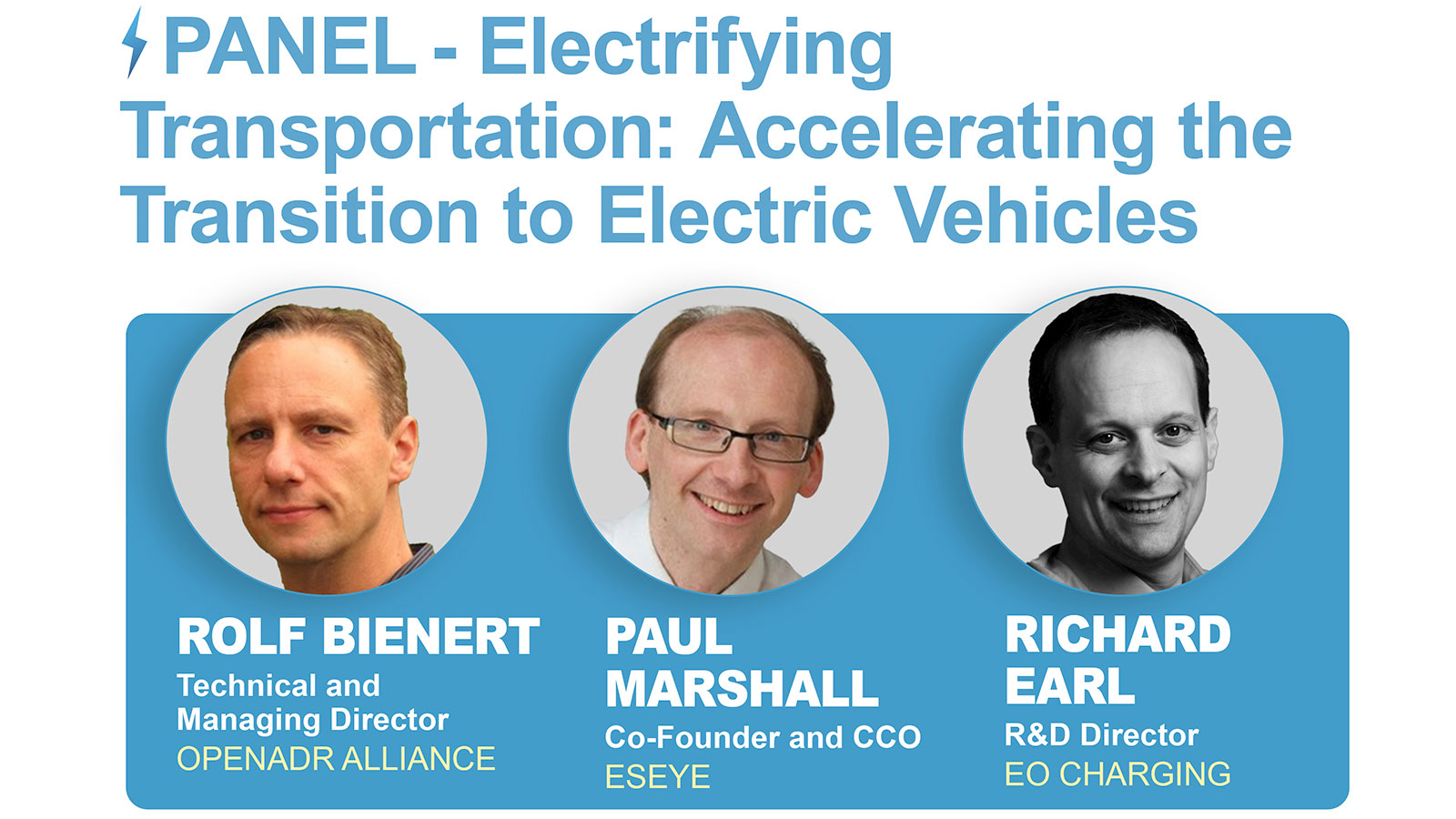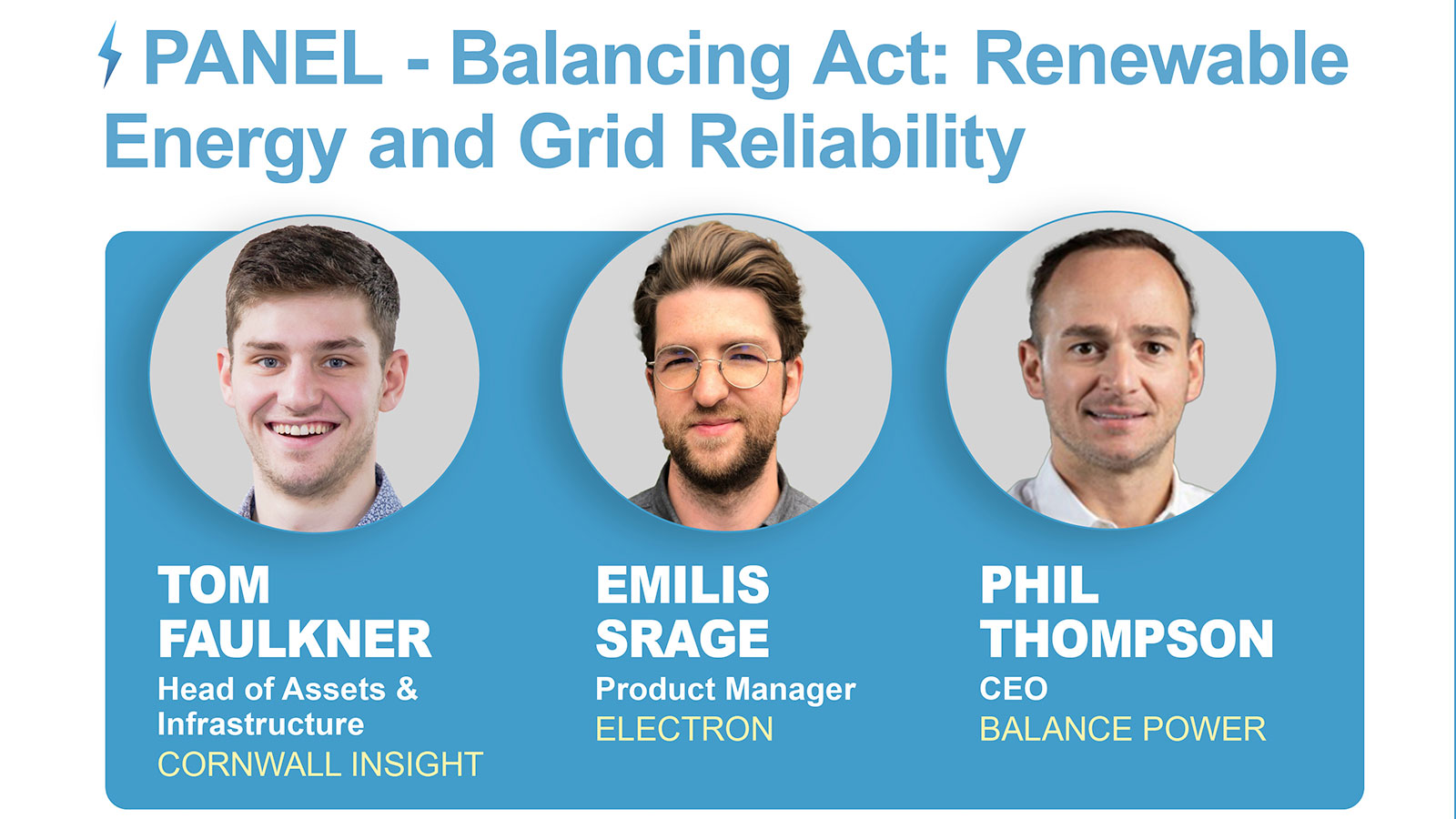As LED technology matures, modern manufacturing companies predict solid-state lighting technology will rapidly outrun conventional lighting sources in performance, emissions and cost. Gary Ashburner, Managing Director of SH Lighting explains
Given that lighting accounts for almost 20% of the world's electricity consumption, it is logical to look at ways to save lighting energy, as a top priority. Compact fluorescents have been around for a good few years now but have not been as well received as ‘the powers that be' thought. Yes, they offer an extended life of around seven years, but they are bulky, ugly, have a restricted range and cannot be dimmed.
Although, manufacturers have introduced a new generation of these lamps that are definitely more acceptable, they are still seen as being too expensive; dim by comparison to current incandescent light bulbs and still contain toxins which means they have to be disposed of in a responsible way.
As technology advances, the most significant development in lighting is embodied in the field of LED lighting technology.
Over the last few years a relatively small amount of LED's have been installed in replacement or retrofit applications in certain industrial niche areas; mainly those used in fire hazard and explosive risk areas, due to their low operating temperature features. They have also created a huge impact on the ‘high street' retail and fashion markets too, as they have allowed lighting designers the opportunity to create cost saving, 24-7 low energy lighting displays, perfect for creating the desired market ambiance and consumer mood creation, through their ability to flexibly produce dynamic lighting effects and colour washes of large areas, or buildings, without creating light pollution.
Throughout the world, there is an expanding college of Government bodies, scientists and industrial partners who are currently looking at ways develop the latest generation of LED lighting technologies in an effort to fulfil a vital role across the entire range of municipal lighting infrastructures.
Faced with ever soaring energy prices, based on OPEC and other international suppliers controlling the availability of rapidly diminishing fossil fuels, together with the mounting pressure on world leaders to tackle climate change and the sustainability of the environment; a total re-think on our current lighting technology is definitely overdue
For over 130 years incandescent light bulbs have become the standard form of illumination that literally brightened and warmed the lives of millions of people as they replaced candles, gas and oil lamps; the problem is they are extremely inefficient as they are more proficient at producing heat than light, because as much as 90% of the energy that goes into lighting a bulb, is converted into heat!
However, with constant advances over the last decade or so, lighting manufacturers are now producing a whole new class of LED (Light emitting diodes) products, designed for general illumination and ready to revolutionise the way we approach urban lighting.
According to a published report by the US Department for Energy, it was estimated by switching to LED based lighting, it would be feasible for a medium sized city to save between 40% – 70% of the electricity needed to power specific lighting applications such as parking facilities, outdoor public areas, walkways and street lighting. It also reported over the next 20 years, by changing to LED lighting technology they could reduce electricity demands from lighting by 62% and eliminate 258 million metric tons of carbon emissions – negating the need to build an estimated 133 new power plants and offering an anticipated financial saving in excess of $280 billion.
So what are LED's? Basically, light emitting diodes are solid state components that have no moving parts, are incredibly robust and last for decades; which significantly reduce maintenance costs. They are a highly efficient light source with a potential to reduce electricity consumption by 50% or more and offer the most efficient and environmentally clean, no mercury lighting source available.
The long service life coupled with the efficiency of LED lighting, delivers significant benefits for a whole range of applications, especially those that are currently using incandescent bulbs, making urban lighting an attractive application for LED lighting due to several factors:
– Large number of lights needed
– Energy saving
– High maintenance costs due to positioning and location.
– Quality of light solutions to minimize glare and light pollution.
– Climate change
A typical example where LED's offer an economic alternative to current lighting applications is in multi-storey car parks, where lights must burn 24-hours-a-day - mostly during peak rates. Lighting in these locations has to be designed to accommodate and function correctly with vehicular and pedestrian traffic, must endure harsh environments and be required to fully comply with all aspects of public safety.
LED lighting fixtures are considered perfect for operation in these surroundings for a number of reasons:
– Long lifetimes coupled with highly reliable service, greatly reduces maintenance costs.
– LED's are not affected by most vibrations and typical temperature variations.
– Highly efficient light source with a potential to reduce electricity consumption by over 50%.
– Variable high quality ‘white light' available in colour temperatures from ‘warm to cool'.
– Compatible with modern control systems to further reduce electricity consumption.
So, with the entire world standing at an industrial, environmental and economical crossroad, there may be no better time for Governments to skip their single minded introduction of compact fluorescent lamps and look a little bit further into the future, using their influence to encourage system designers, urban developers in conjunction with the electrical utilities suppliers to make a more thoughtful lighting choice: Invest in an emission free lighting technology that will greatly benefit the taxpayer and the environment by synergistically engaging advanced LED lighting solutions, with their blend of sustainable energy sources, to economically light our cities, long into the future.





